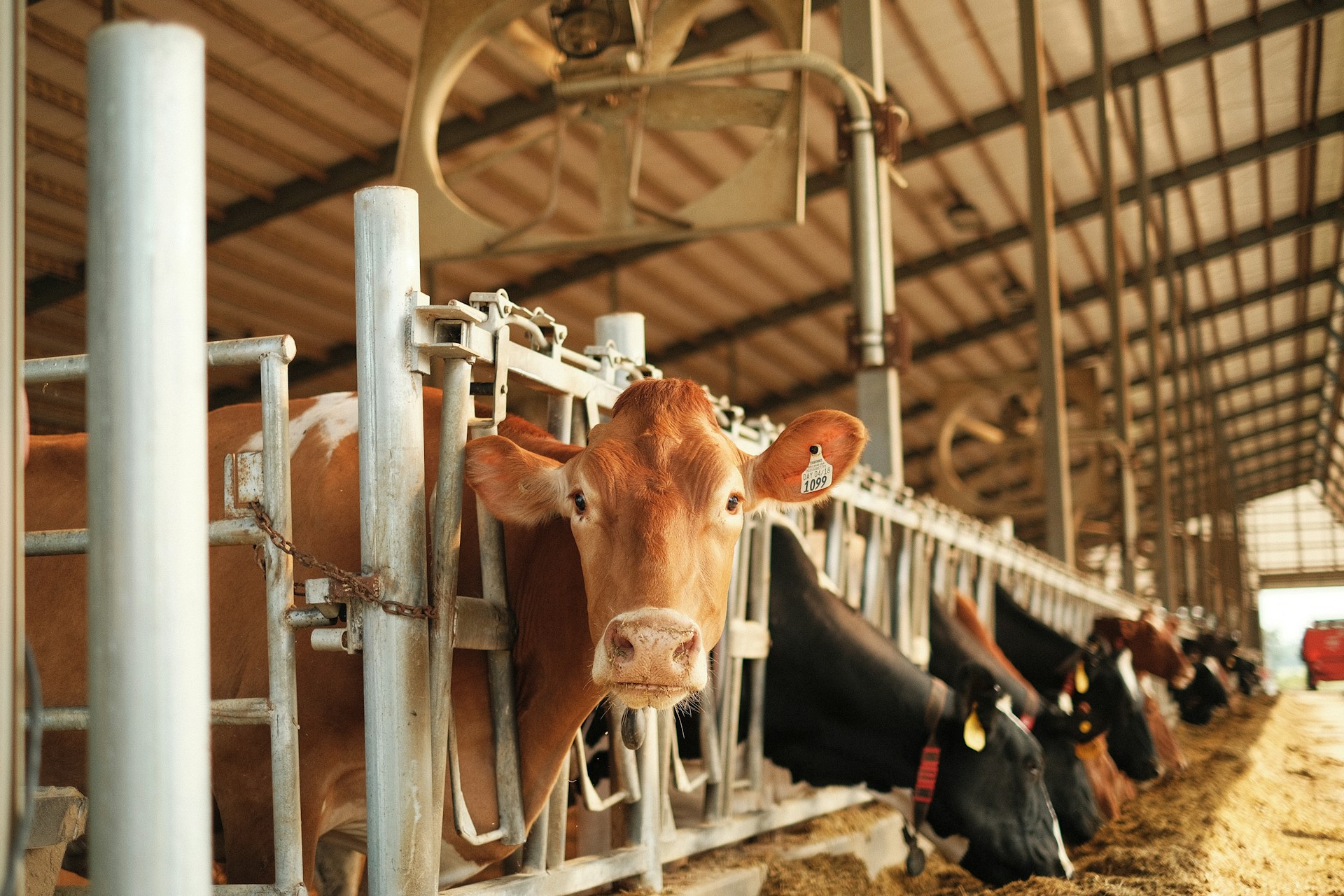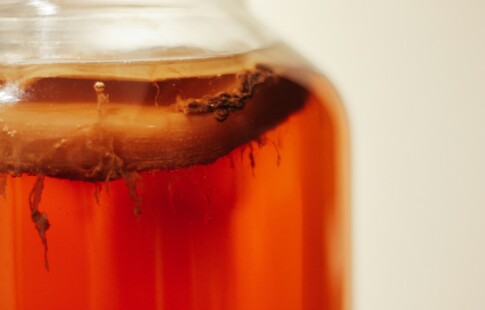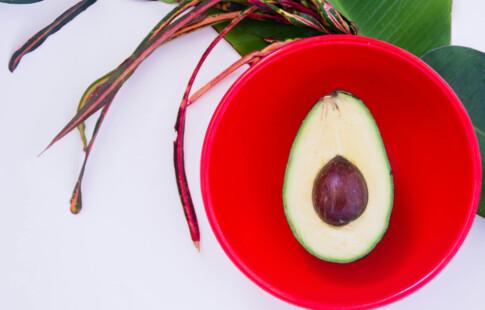
Best Tips for Milking Cows by Hand
We are reader-supported. When you buy through links on our site, we may earn affiliate commission.
Many of today’s farmers have stopped milking cows by hand and rely on machine milking, which can be cleaner and faster. However, people with homesteads and a single dairy cow or two may find the cost of purchasing a machine prohibitive and prefer manual extraction instead.
People have their own style and experience in milking cows by hand. If you’ve never milked a cow before, your technique may be vastly different from someone who grew up around the animals. Fortunately, anyone can learn how to milk a cow and improve their process over time.
Hobby Farm or Dairy Operation?
According to IBISWorld, there are approximately 20,124 dairy farms in the United States. Most bigger operations utilize machines to do the work for them. However, for a small hobby farm with a handful of cows or a homestead with a single dairy cow, the cost of investing in machines may be out of the question.
You might also run into a situation where the machine isn’t functioning properly or you just want to improve your hand milking skills. One small dairy farm in Southern Indiana is Natural Choice Family Farm owned by the Dunlevys. The family sells raw milk and grass-fed beef. Although they do use a milking machine at times, Doug Dunlevy also milks cows by hand as needed.
Cattle are some of the most profitable livestock small farms can invest in. You can produce milk products as well as beef from them. Most small, sustainable farms require the ability to think on your feet and adjust your methods as needed. To reduce their carbon footprint, they may rely on more traditional techniques rather than machines.
Top 7 Tips to Milk Cows by Hand
The more confident you are as you milk a cow, the better it will go. Those who’ve been around bovine for years often have a few tips and tricks to make the process go better. Here are the top ones we’ve found.
1. Secure the Cow
Milking cows by hand can be tricky if you don’t secure the cow’s head before starting. You want her to stay still while you express the milk.
If a cow hasn’t been milked before, you may need to proceed slowly and train her for better results.
Watch as some cows kick while being milked. Securing the head helps you know where her body will be as you begin the process.
2. Gather Supplies
Before you do anything else, ensure you have everything you need to begin the milking process. You should gather:
- Soapy water or iodine
- Clean, empty bucket for collecting milk
- Stool to sit on
- Latex gloves
When you have everything in place, it’s much easier to sit and start the process. If cows become nervous or sense your indecision, milking cows by hand may be harder.
3. Clean the Cow’s Udder
As the cow meanders through your fields and walks across dirt, hay and grass, they collect dirt on their underbellies. Before you start the milking process, it’s crucial to fully clean the cow’s udder.
Most people prefer warm water as it can bring the milk down and make it easier to milk the cow by hand. You can also use iodine to get rid of any dirt or bacteria on the animal.
Clean the udder, rinse it with clean warm water and use a soft towel to dry her off.
4. Put on Gloves
A cow’s teats are sensitive. If you’re milking cows by hand, you should don some latex gloves or coat your hands in petroleum jelly or another heavy moisturizer. If your skin has rough patches and milk without the aid of gloves or lubrication, it could cause the animal pain.
Most cows will react by kicking and trying to get away. Make the entire process as gentle as possible so the cow isn’t frightened at milking time.
5. Place the Pail
You have a couple options on where to place the pail. Some people prefer to hold it between their legs so the cow can’t accidentally or intentionally kick it over. Others place it directly under the udder with the handle close to them in case they have to grab it and stand up quickly.
You may want to experiment and see what works best with your setup and animal’s personality.
6. Grasp and Pull the Teat
An older study by Cambridge University Farm found cows have a preferred side for milking. The conclusion the researchers came to was that cows are not particularly stressed when milked from their non-preferred side.
What cows do respond best to is routine. If you always milk from the right side, continue to do so.
When you are ready to milk, work on two teats at a time. Some people prefer to do the two back and then the two front. Others do diagonal, grasping the front left and back right and then switching.
Grasp a teat with your thumb and forefinger, pull down and squeeze. Try to find a rhythm where you pull one and then the other, releasing milk back and forth. Your hands may grow tired. Take a break if needed. Make sure you fully empty the teats and then move to the other two teats.
7. Finish
Fully empty the milk from the cow. The teats will look deflated, softer and wrinkly. You may need to bump the udder slightly as a calf would to cause the cow to let down all her milk.
Many farmers believe completely emptying the udder prevents mastitis. To prevent infection after milking, clean the cow’s udder a final time and add some post-milking disinfectant to keep bacteria at bay.
Spend time straining your milk and refrigerate it. All dairy products should be stored at between 33 degrees and 38 degrees fahrenheit.
Is It Worth Milking Cows by Hand?
If you’ve made a commitment to reducing your impact on the environment, milking cows by hand rather than by machine reduces energy consumption. It will take a bit more time than automated methods but you’ll have a more sustainable farm and a closer connection to your herd.
Share on
Like what you read? Join other Environment.co readers!
Get the latest updates on our planet by subscribing to the Environment.co newsletter!
About the author
Maria Visser
Maria serves as the Assistant Editor of Environment.co. A true foodie and activist at heart, she loves covering topics ranging from veganism to off grid living.





